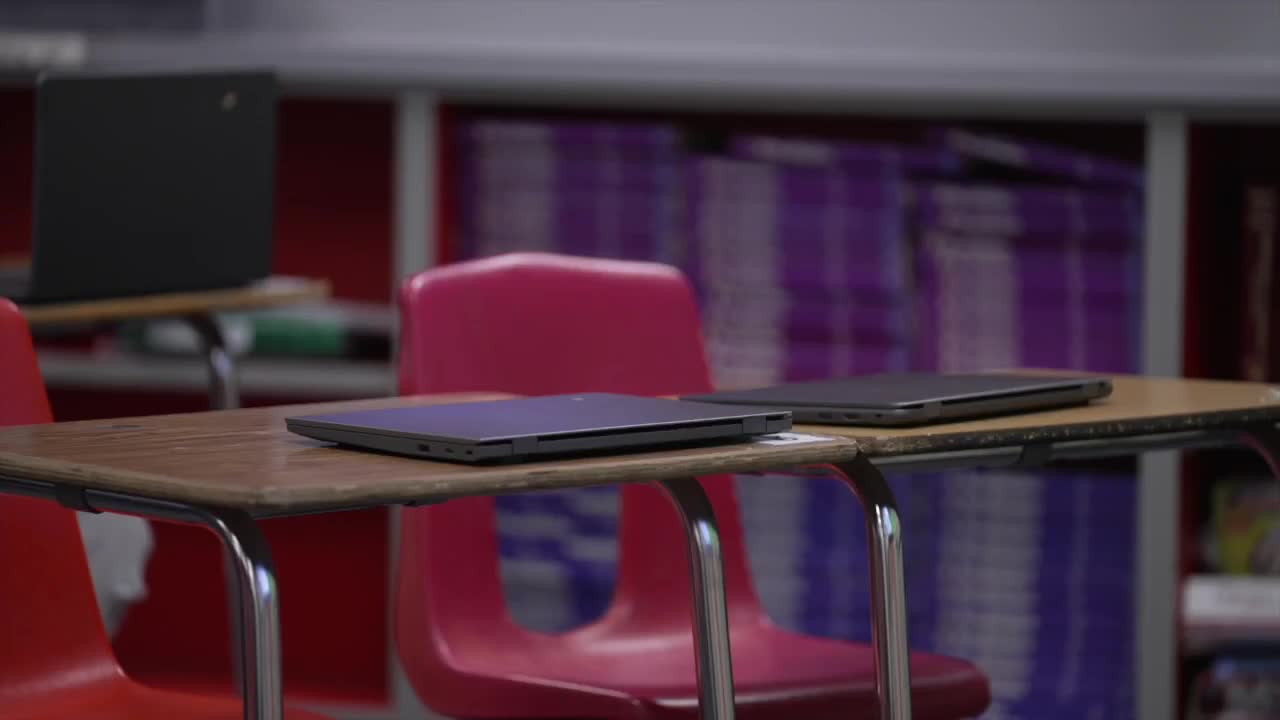CHANDLER, AZ — Getting students back into the classroom consistently post-pandemic continues to be a challenge, according to a new report from the Helios Education Foundation.
Arizona's high school students continue to struggle with chronic absenteeism, with one-third of students missing more than 18 days of school annually. Chronic absenteeism is when students miss at least 10% of a school year, or in Arizona, more than 18 days.
The persistent issue highlights ongoing challenges in education recovery following the COVID-19 pandemic.
Prior to COVID-19, Arizona's chronic absenteeism rate for high school students ranged from 21% to 24%. The pandemic dramatically altered this landscape, with chronic absenteeism spiking to 42% — nearly half of all high school students missing significant classroom time, according to the report. This is higher than students in attending kindergarten through eighth grade, which is at 30%.
While the rate has declined since its pandemic peak, current estimates show 34% of Arizona high school students remain chronically absent in the 2023-2024 school year. This represents a substantial increase from pre-pandemic levels and indicates ongoing challenges in student engagement and attendance.
The data reveals significant disparities across racial and ethnic groups. Native American students face the highest rates of chronic absenteeism, with over half missing excessive school days. Hispanic students follow at 39%, while Black students experience a 35% chronic absenteeism rate.
Asian students demonstrate the lowest chronic absenteeism rate, registering under half of the statewide average.
However, economic factors emerge as the primary driver behind these attendance patterns. School districts and charter schools serving higher concentrations of economically disadvantaged students report a 40% chronic absenteeism rate, compared to 25% for districts with fewer economically disadvantaged students.
Why are students missing school? There are multiple factors, according to Paul Perrault with the Helios Education Foundation. This may include transportation, students getting used to not going to class because of the pandemic, and more.
"We see that there are older students who sometimes have to watch younger siblings as a problem, and then increases in mental health and other issues that are impacting students going to school,” Perrault said.

Do you have a concern in your community or a news tip? We want to hear from you!
Connect with us: share@abc15.com
Chandler High Principal Greg Milbrandt said his team created an attendance task force after the pandemic, hoping to lower their chronic absenteeism rate. For their school specifically, their chronic absenteeism rate in 2022 was at 42.3%. This year, it’s down to 26.6%.
Milbrandt said they changed their bell schedule, getting rid of one of three lunches. He said some students would not come back to class after lunch since their campus is an open campus. Doing that also allowed more time for passing periods.
“That helped students get to class on time. With that additional minute, that helped students be more successful and in class than out of class,” Milbrandt said.
His high school also has an attendance interventionist who works with parents and students if students are missing too much school. Milbrandt also added that they do have consequences for their students if they’re late or are absent too often.
“We have Saturday school. That’s something new and something we did add because of our attendance committee's recommendation. Saturday school is huge. Kids don't like going to school on a Saturday,” he said.
Milbrandt said one of the biggest solutions is really working with parents, ensuring there aren’t obstacles for students to get to school.
“This is not just the school issue, this is a community issue. So how do we have community partnerships that think about mental health issues, transportation issues, other ways to solve chronic absenteeism in that,” Perrault questioned.
This story was reported on-air by a journalist and portions of it have been converted to this platform with the assistance of AI. Our editorial team verifies all reporting on all platforms for fairness and accuracy.





